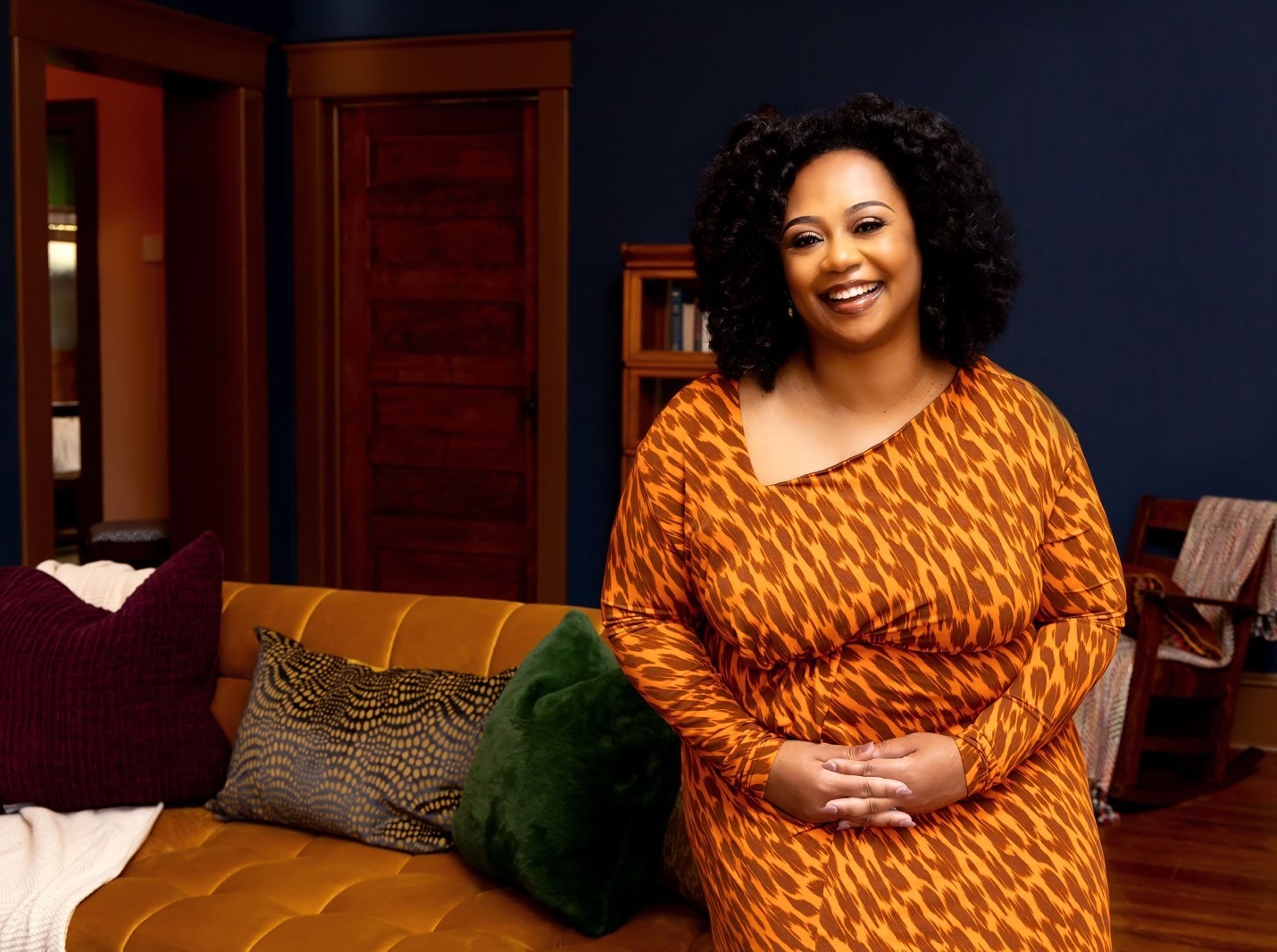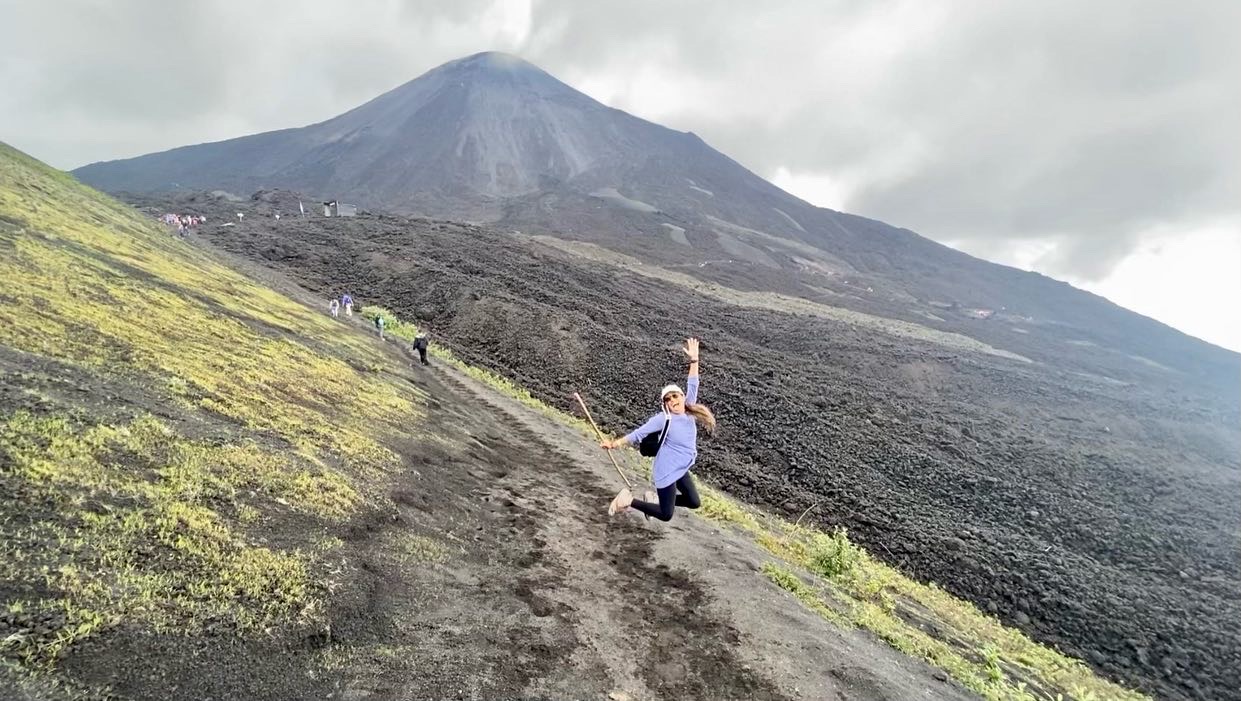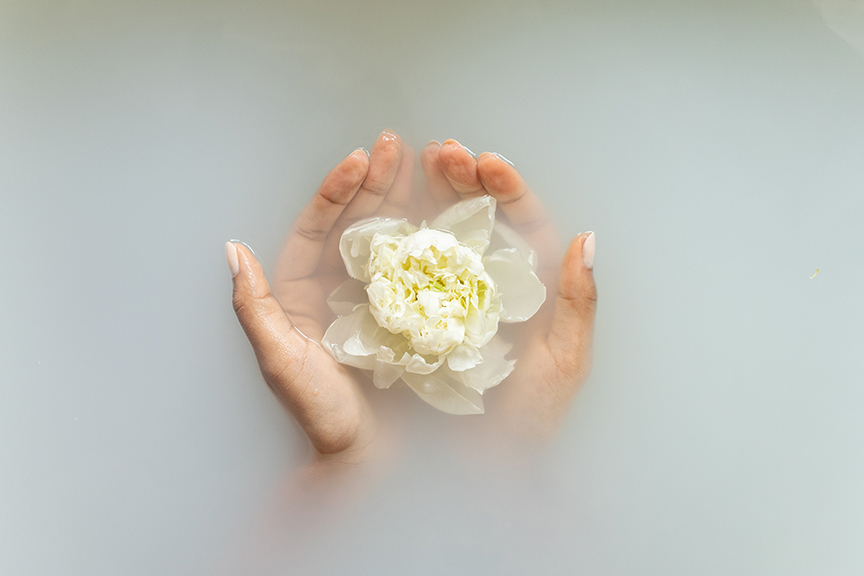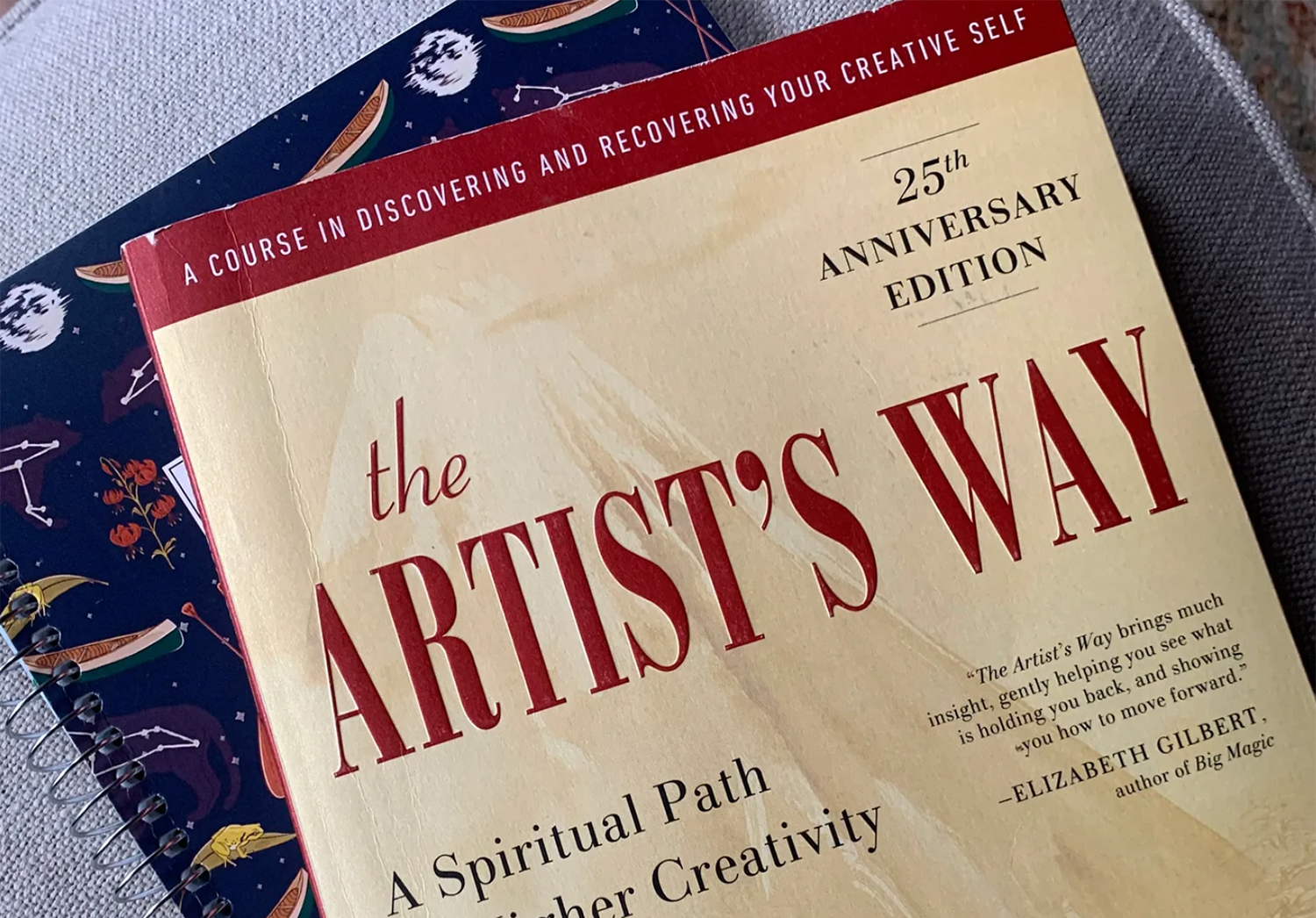
How The Artist’s Way unblocked my creativity and changed my life
I’m not a fan of making New Year’s resolutions. They come with way too much pressure, and they rarely stick. Instead, I’m a firm believer that you can change your life on any day of the year, on your own terms, at a time that feels right for you.
But it was around this time last year that my life shifted dramatically due to a New Year’s–esque commitment I made to myself: I would finally read The Artist’s Way, a book that had been sitting on my shelf for more than two decades.
I can’t remember how this book first came into my life. I probably snagged it from a “free” bin at work in my 20s just because I had heard of it. As a twenty-something in the arts community, the title would often come up in conversation — someone was doing The Artist’s Way, and it was changing their life.
I would listen intently to snippets of wisdom, twirling my hair around my finger while wistfully saying, “I really wanna read that …” And yet, every moving day, my unread copy would get packed into a U-Haul only to collect dust on a different bookshelf, in a different part of town. I’ve lugged this book to seven apartments without ever cracking the spine.
Now in my 40s, I’m happy to report that I have not only opened the book, but I’ve read it cover to cover. I’m amazed at how long this gem has been in my possession without my knowing what was inside. Unbeknownst to me, the answers I was looking for throughout my 20s, 30s, and beyond had been with me all along. A classic case of Dorothy’s ruby slippers.
What is The Artist’s Way?
The Artist’s Way: A Spiritual Path to Higher Creativity by Julia Cameron intends to help people overcome their limiting beliefs and fears that hinder creativity. While the book is geared toward “blocked artists,” you don’t have to be an artist to benefit.
Cameron’s definition of creativity is broad, encompassing anything from writing a novel to creating a more inspired life. This workbook-style guide is organized into 12 chapters to be read over the course of 12 weeks. At the end of each chapter, there are “tasks” — exercises designed to help unblock whatever is holding you back.
There are two main components of the course, which Cameron says are non-negotiable:
1. Morning pages: Three handwritten pages every morning, stream-of-consciousness style. This is not a journal, diary, or writing exercise — it’s more of a brain dump.
2. The artist date: A block of time set aside weekly to nurture your inner artist. A solo playdate of sorts, it should inspire the senses and can be anything from visiting a museum to taking a walk in nature.
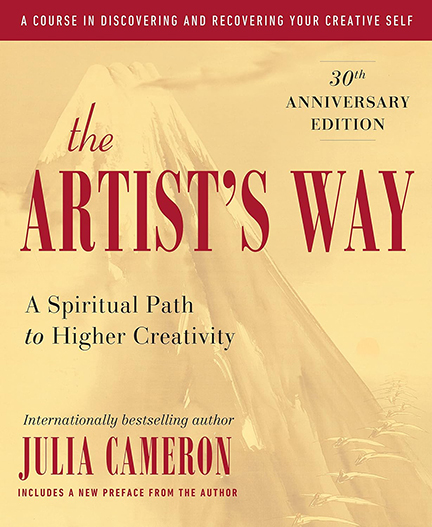
The Artist’s Way is spiritual but not religious
There’s quite a bit of God-talk in this book. If God is not your jam, fear not! Cameron’s use of the word isn’t connected to any religion, but rather it’s her term for the creative force that moves through all of us. According to Cameron, we’re all channels for this creative force; it’s in our inherent nature to be cute little vessels spouting divine creativity. And we can all get high on this energetic supply — everyone has equal access to the flow, and it works whether we believe in it or not. You can call this force anything you want, be it God, a higher power, or Cameron’s suggested acrostic, “good orderly direction.”
If you’ve ever graced the rooms of AA, some of the language in this book will probably sound familiar. Cameron’s path of creative recovery is loosely based on the 12 Steps of Alcoholics Anonymous (hence the 12-week course). This just may be the reason why so many readers find it life-changing — AA’s 12-step program is recognized as the most effective public health service that has helped millions, well, change their lives.
“You have always had the power, my dear. You just had to learn it for yourself.” — Glinda, the Good Witch of the North
Breaking out of the dead zone
I was finally inclined to read The Artist’s Way because I was feeling stuck. In a dead zone, if you will. The pandemic was ebbing and a return to normalcy was in full swing.
Initially, I had excelled at lockdown. As an introvert, I had been training for this moment my whole life. Finally, I could decline invites guilt-free! I could read endlessly! I could work from home! Doom-scroll from bed! But little by little, too many of the things I enjoyed fell away.
I stopped playing music with my band, and eventually, stopped writing songs altogether. I only stayed in touch with a few friends. I rarely went anywhere, mostly sticking to the four-block radius around my house. My universe had become increasingly small. As pandemic restrictions lifted, the world was moving all around me, but I was standing still, wheels spinning in the mud.
Try as I might, there was nothing I could do to motivate myself to join the masses and start moving forward again. I was not yet ready to leave my newfound excellence in reclusiveness behind. Still, I knew, in my heart of hearts that something had to give.
Unblocking my artist
I initially met The Artist’s Way with some resistance. I was skeptical. I rolled my eyes at the go-get-‘em-tiger optimism that seems to permeate the self-help genre. I got judge-y, deeming the book written for other people, not me. “I’m not a blocked artist!” I thought defiantly. “I’m creative for a living!” But it wasn’t long before I was the one out and about telling anyone who would listen that I was doing The Artist’s Way, and it was changing my life. My artist had been blocked AF, and now I was a convert.
The morning pages were the biggest game-changer for me. The best way I can describe their effect is this: It’s like taking out the insides of your brain and laying all the pieces out on a table in front of you. I could suddenly see all my swirling abstract thoughts. I could see all the open tabs in the browser of my mind that were stressing me out. It was sheer chaos.
As my consciousness flowed on to the page, I began making sense of things. The daily practice was helping me process at a rapid speed. I was uncovering — and, in many cases, resolving — resentments I didn’t know I had.
I discovered my inner critic was not only alive and well, but thriving — a hungry little monster sucking any motivation out of me. I was excavating forgotten interests out from under a shit ton of rubble. It was liberating to have a judgment-free zone to both complain and craft wildly unrealistic dreams. It was DIY therapy.
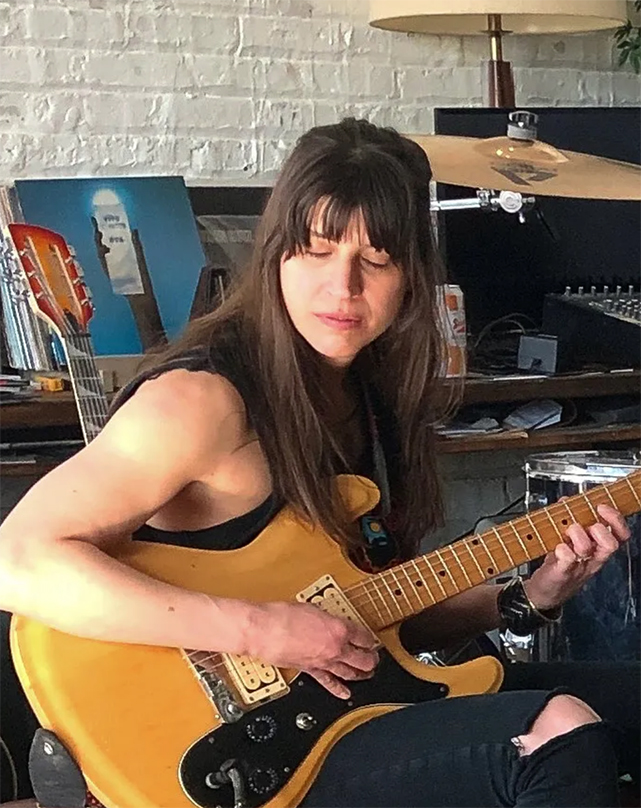
Recovering my creativity
After just a few weeks, I already felt less stressed and more inspired to connect with people again. ultimately, and inevitably, has changed my life. …
But wait, there’s more! Read the entire story here on The Midst Substack.

